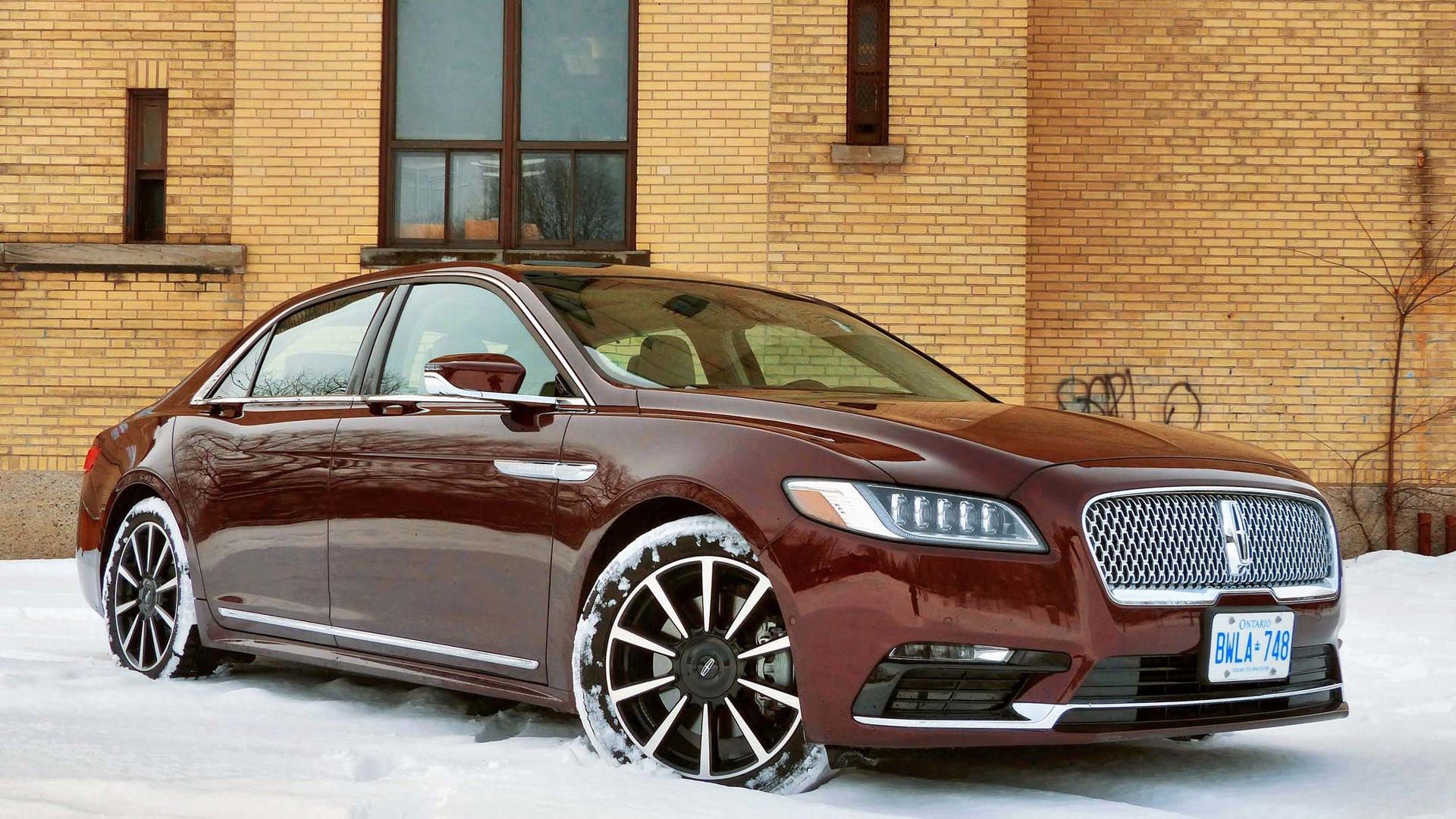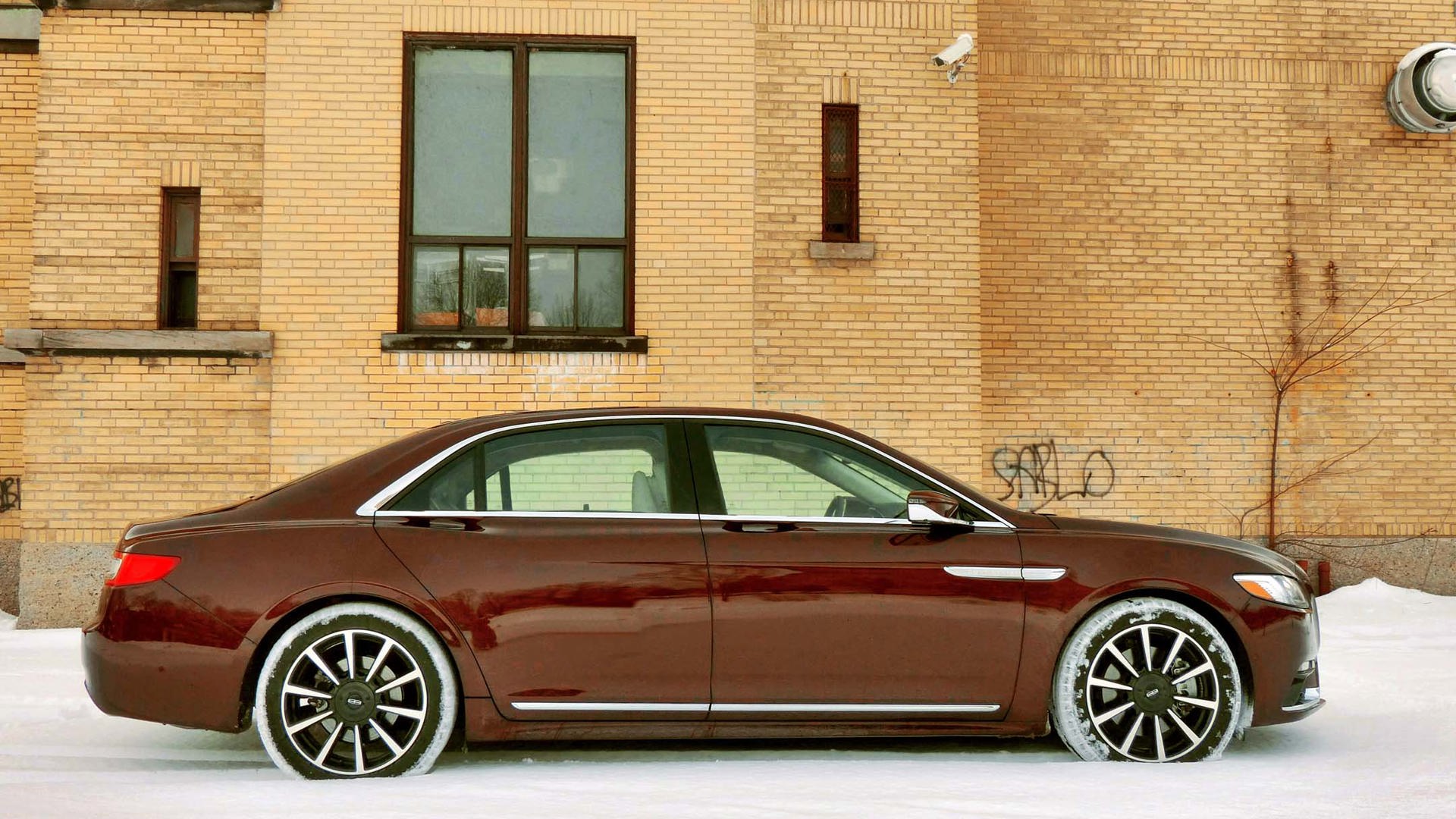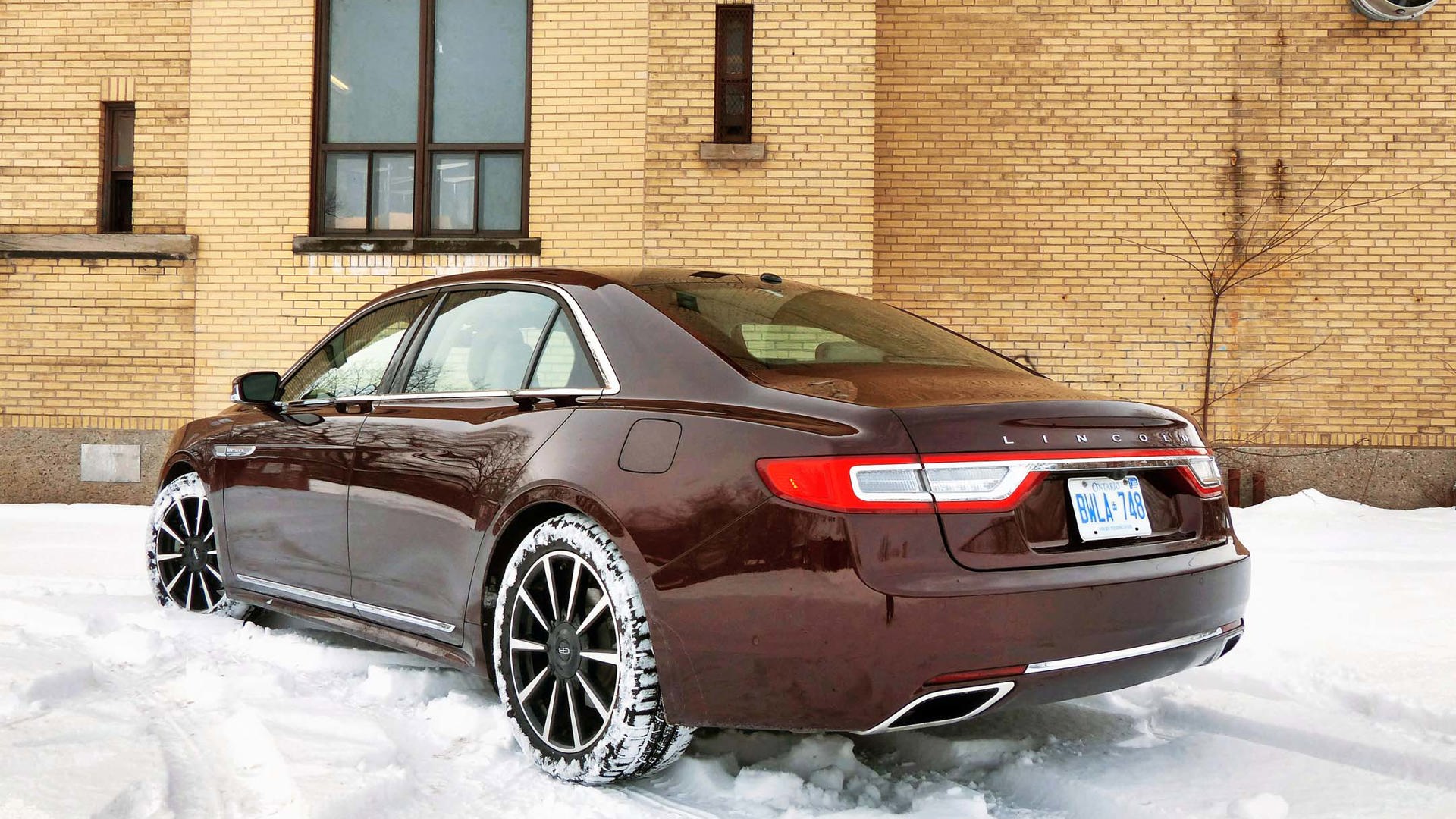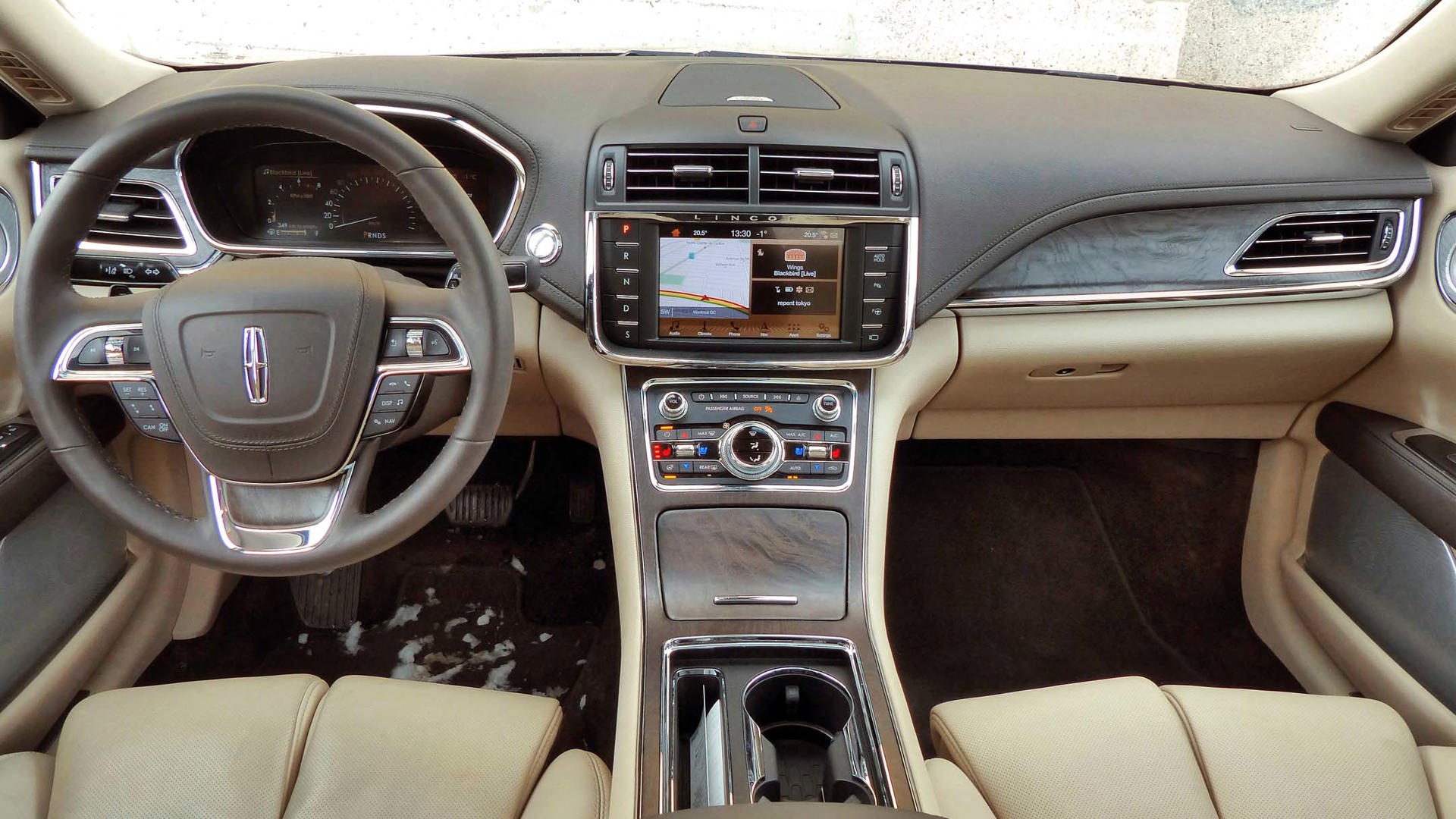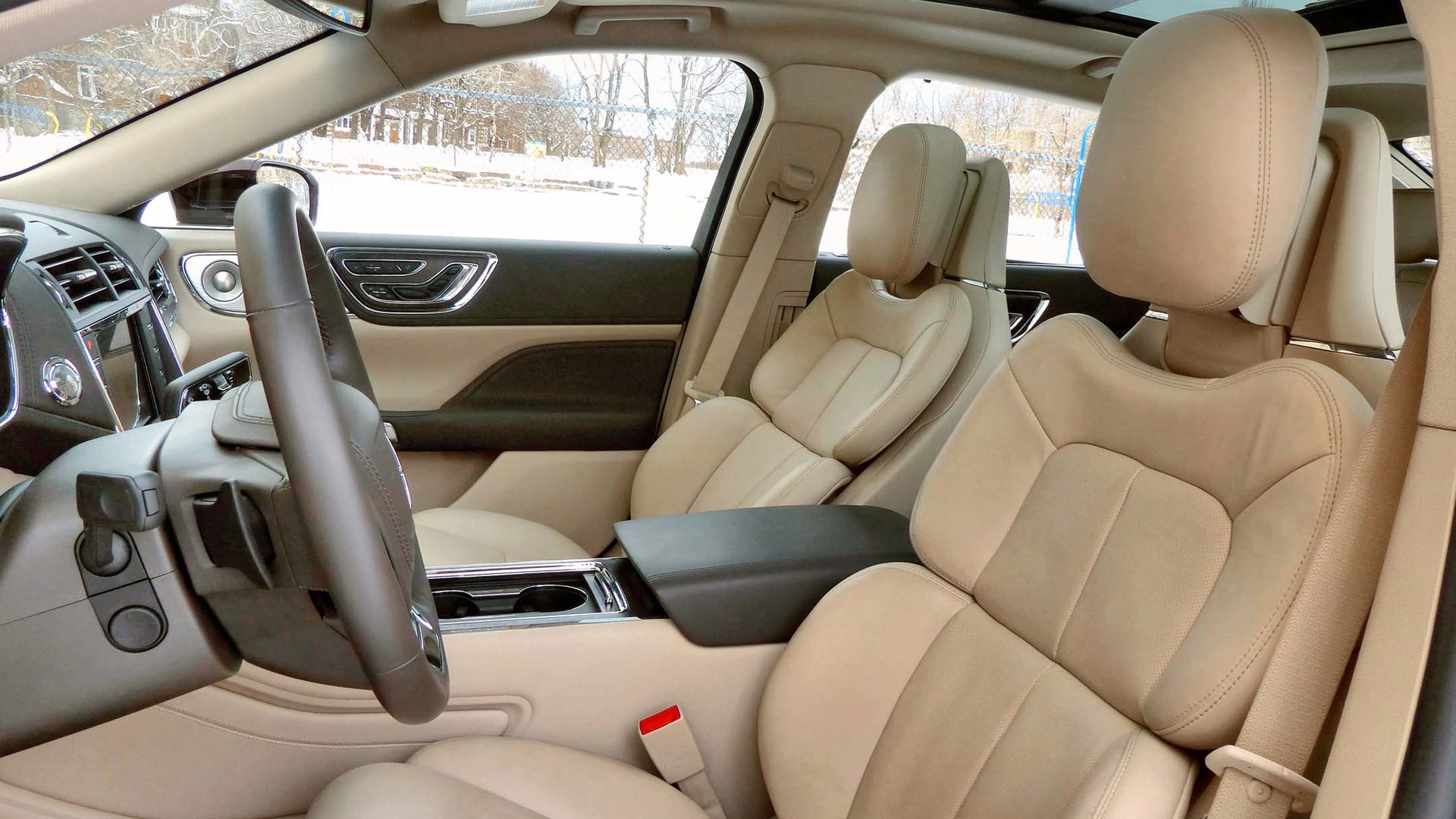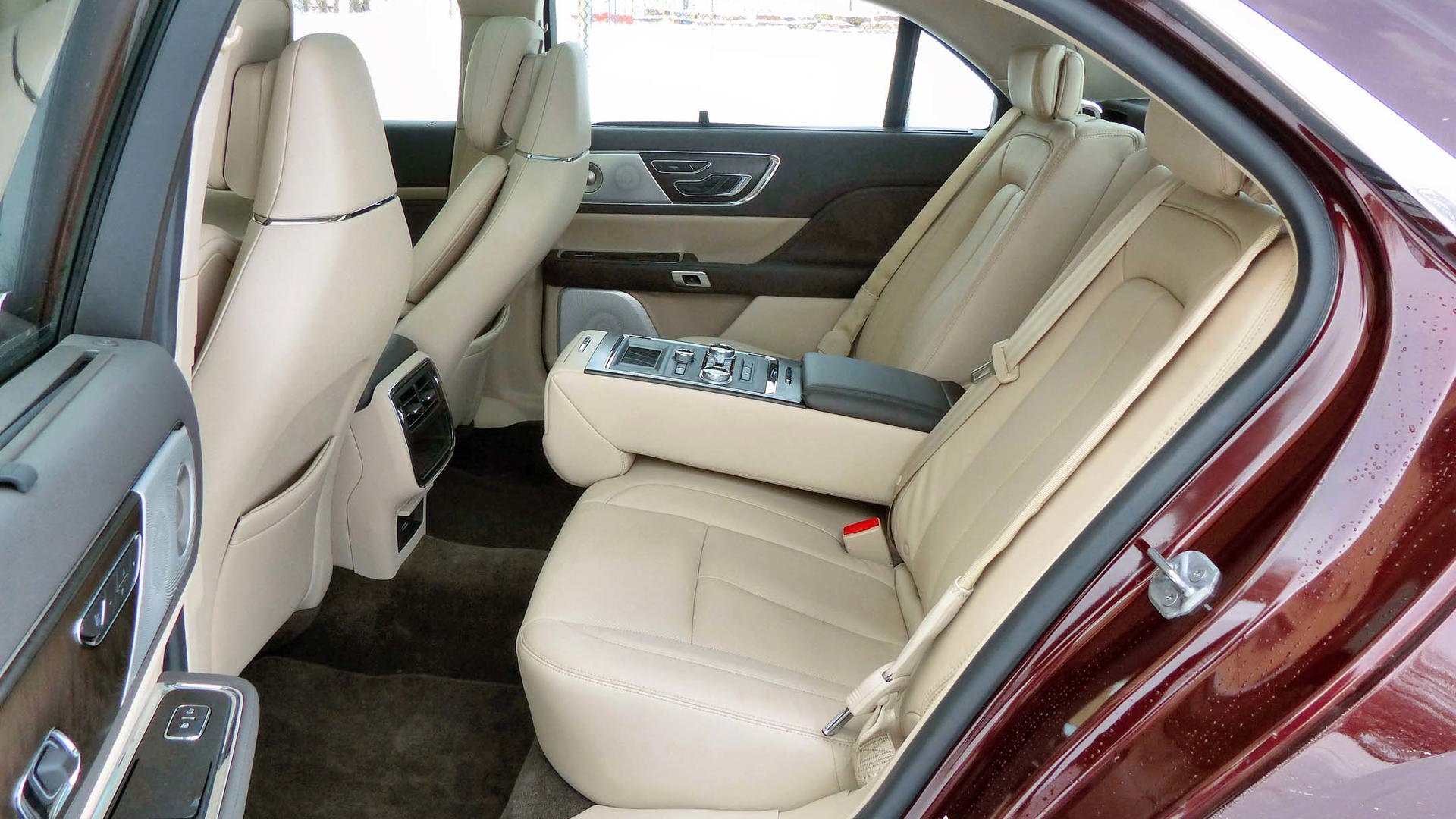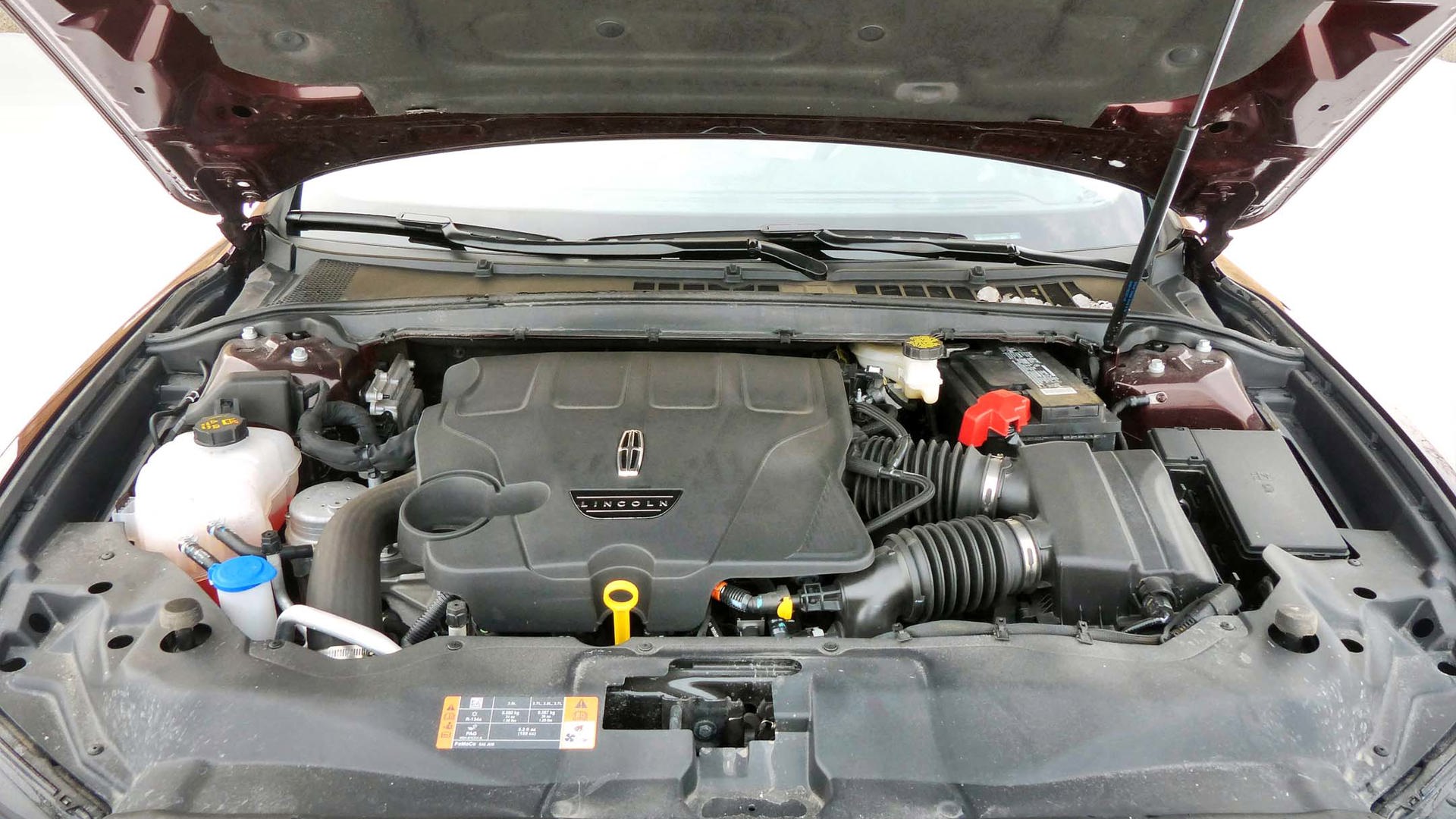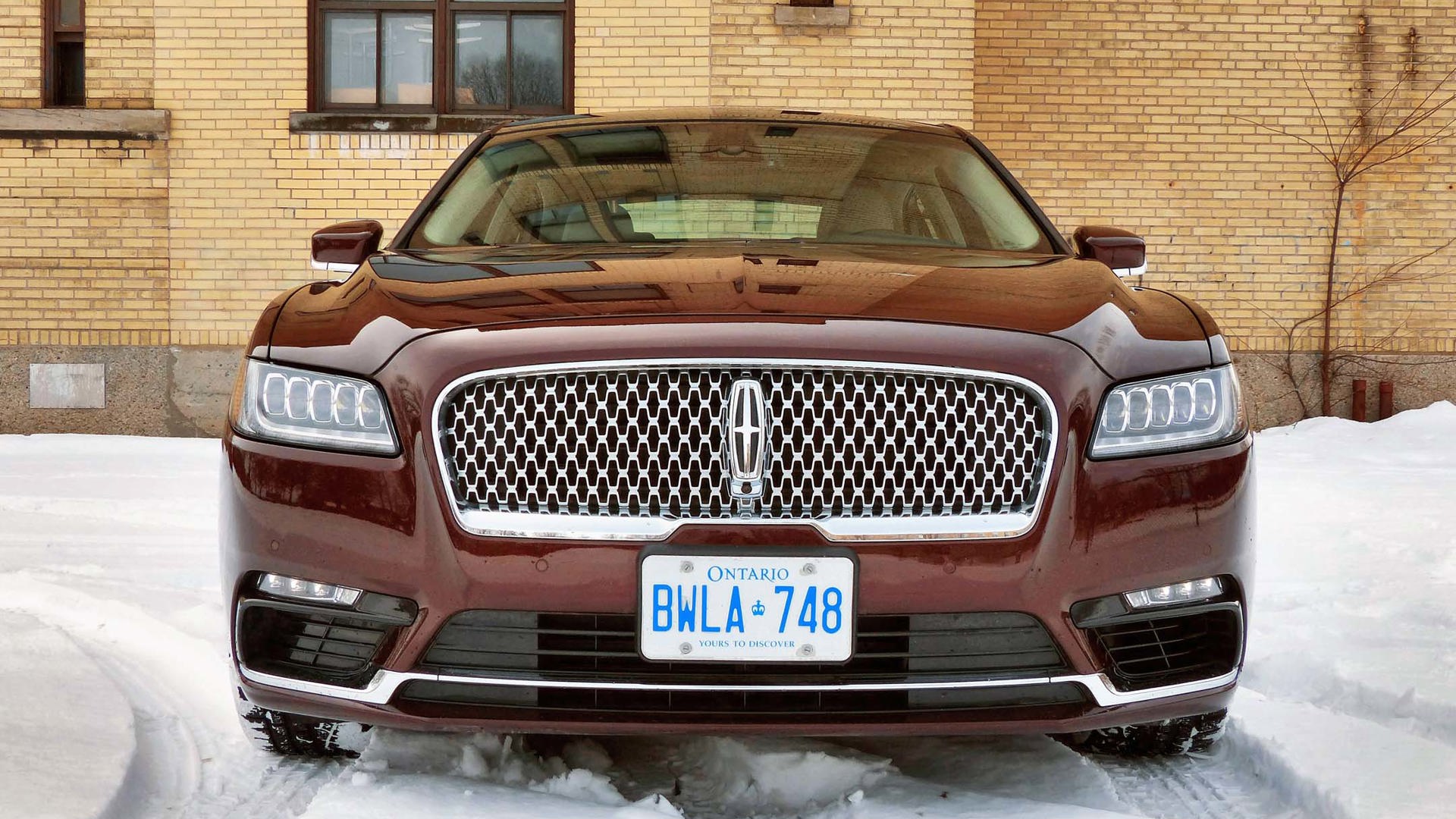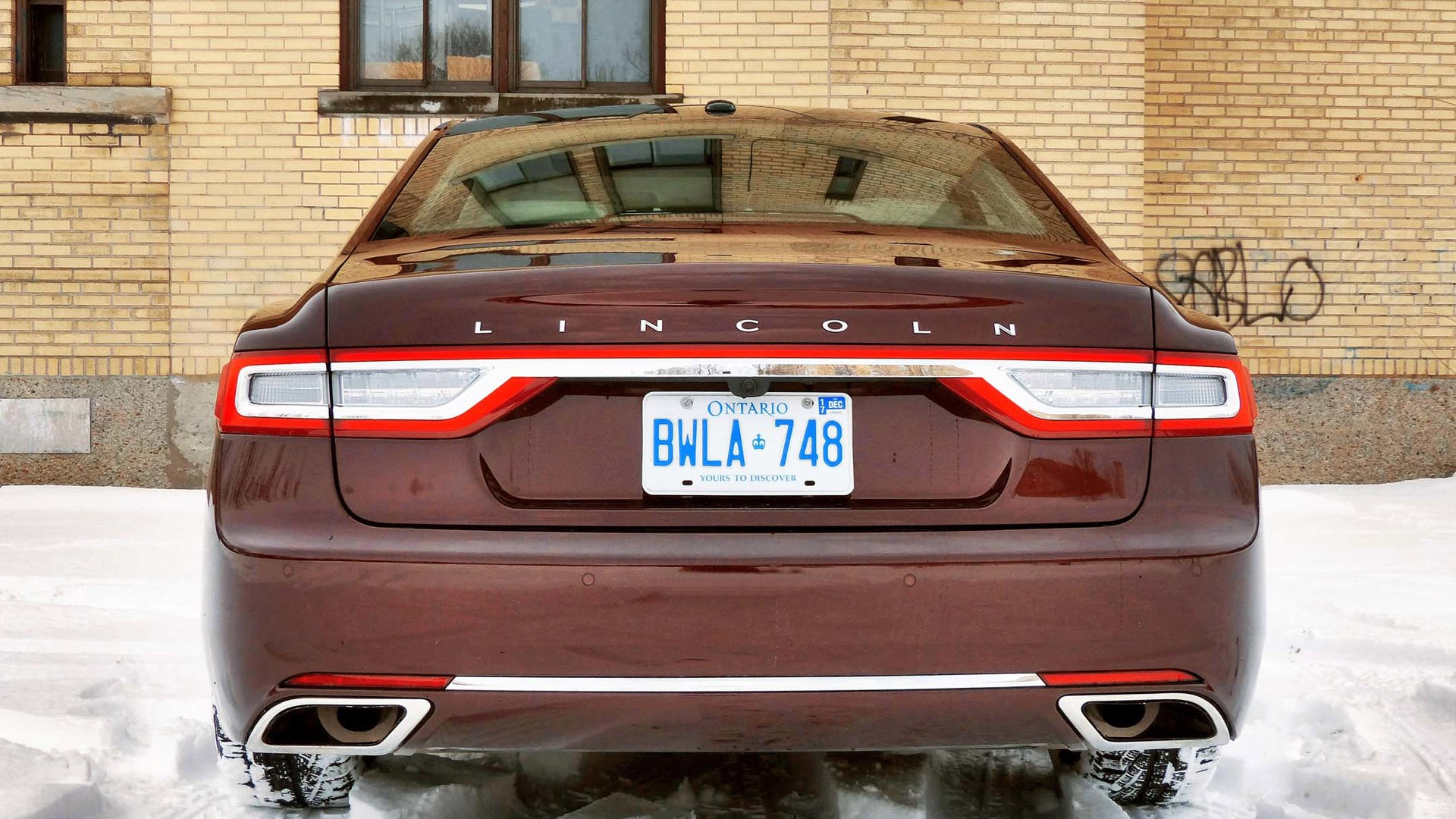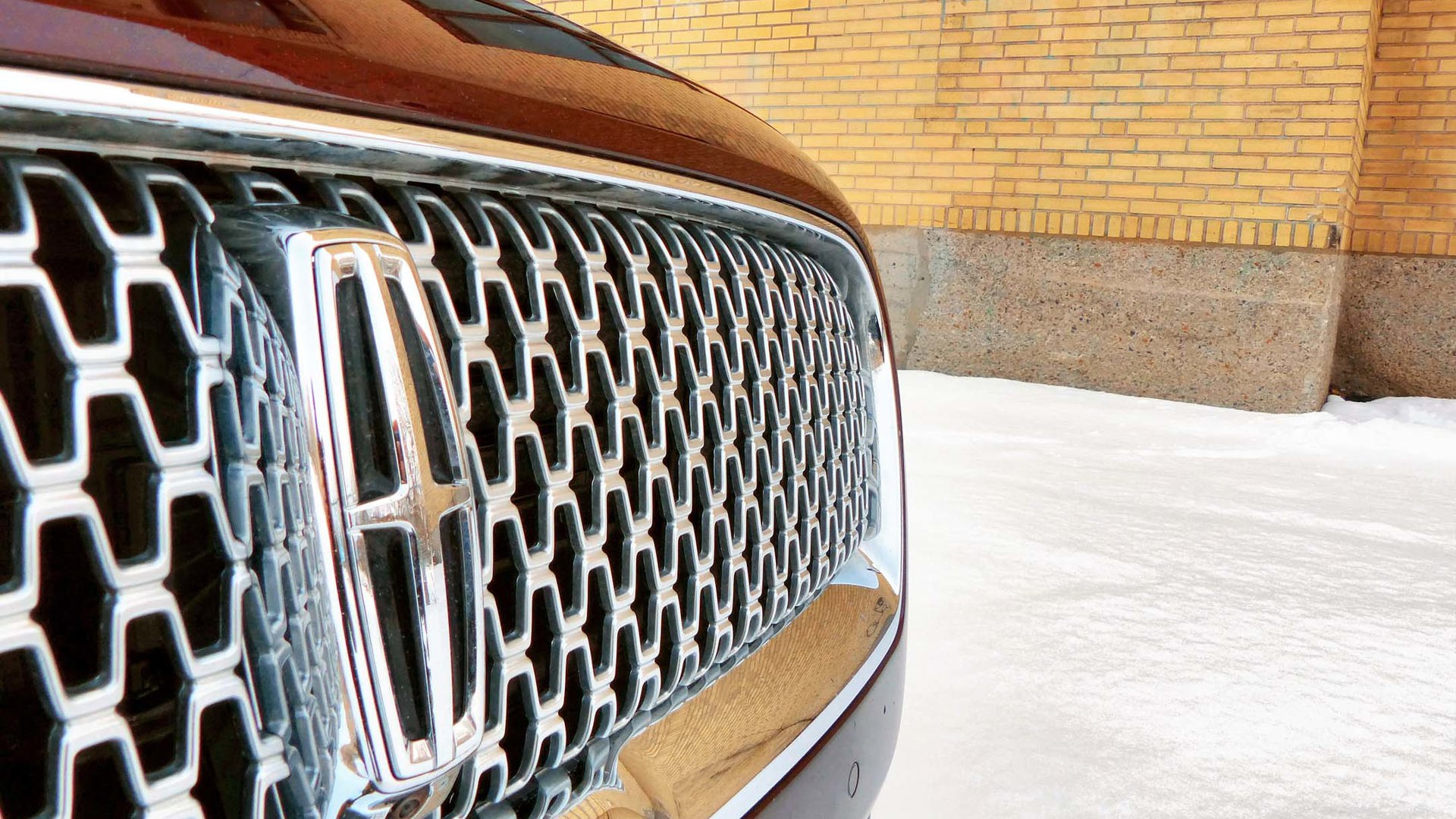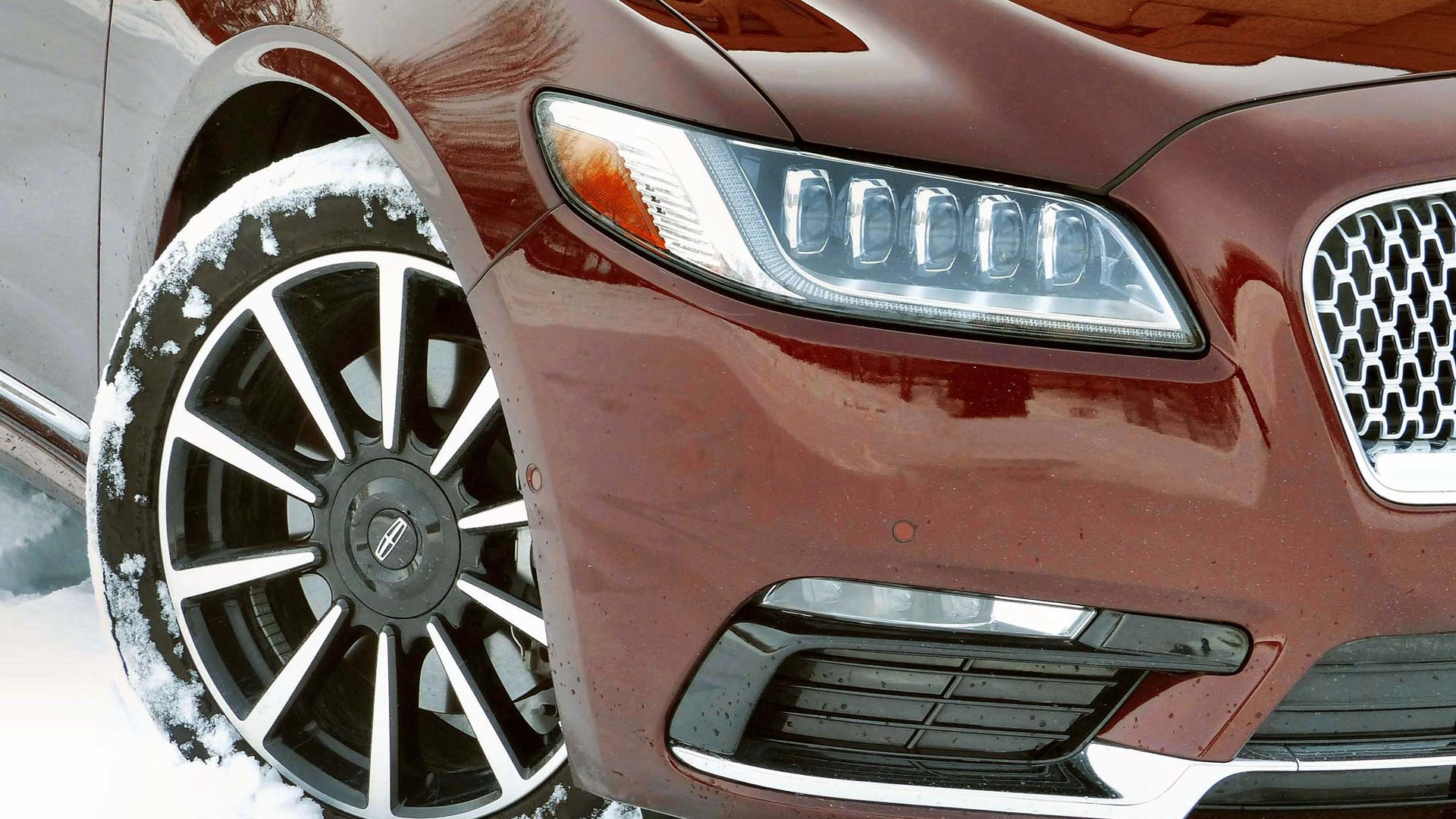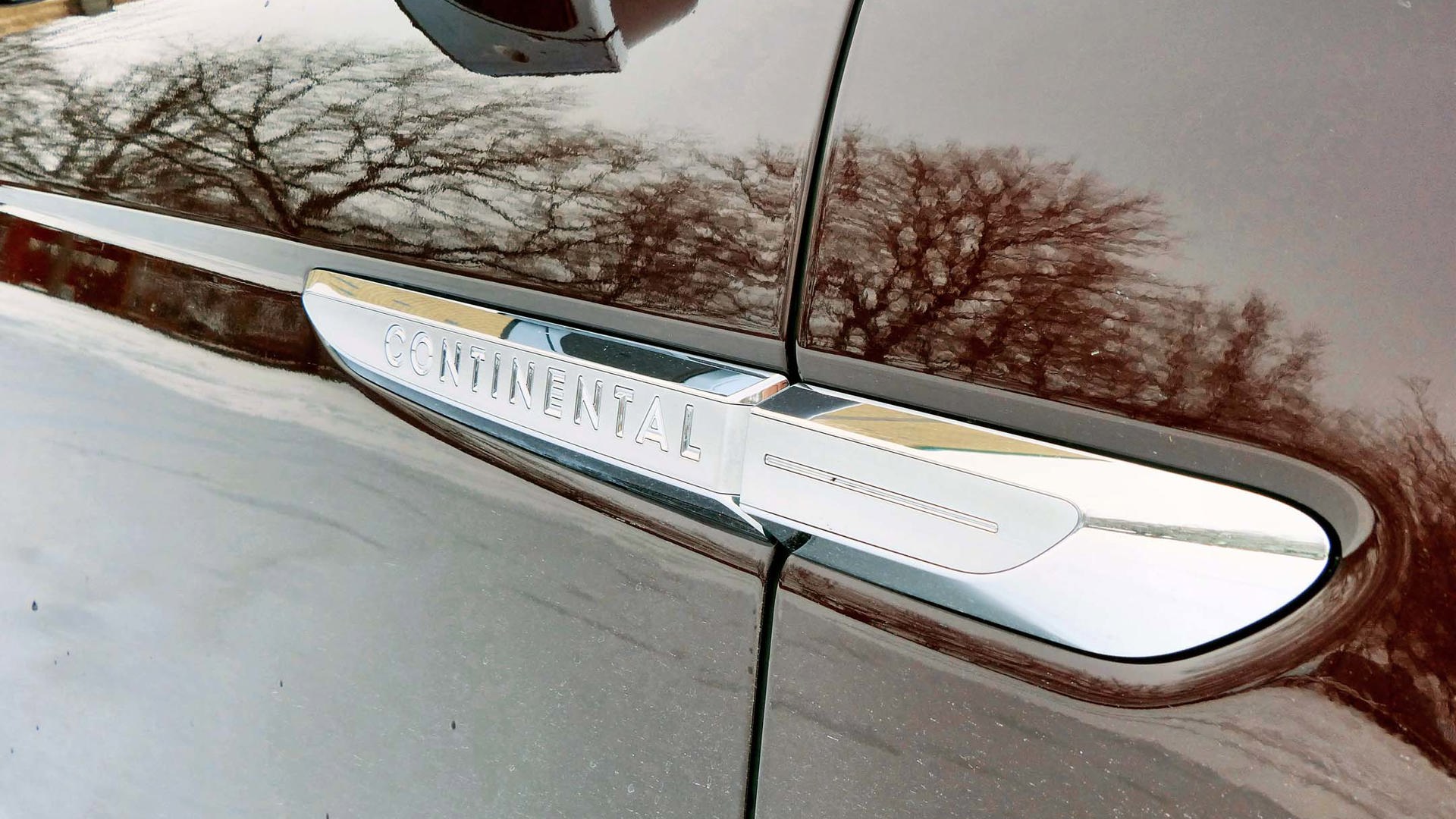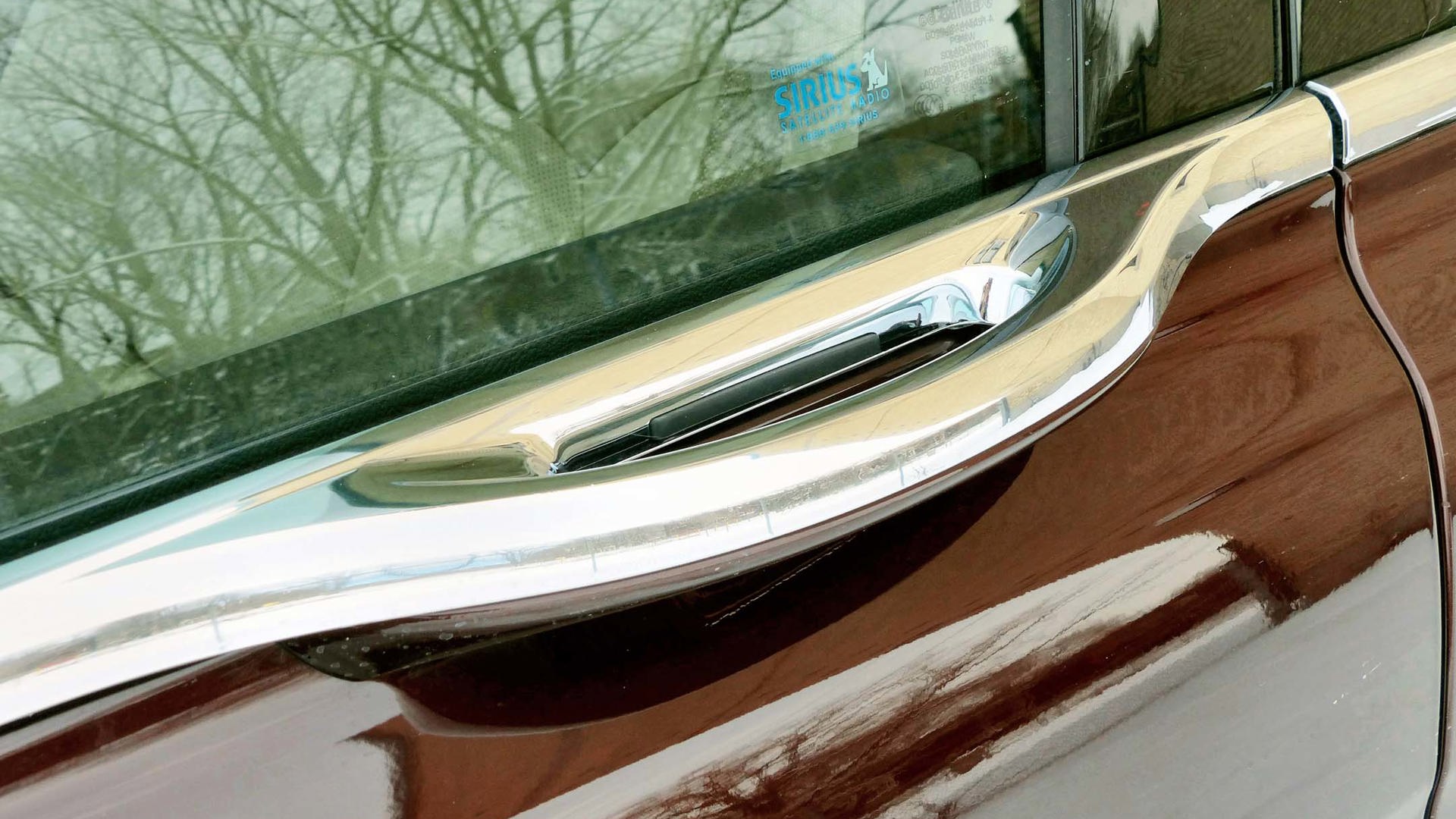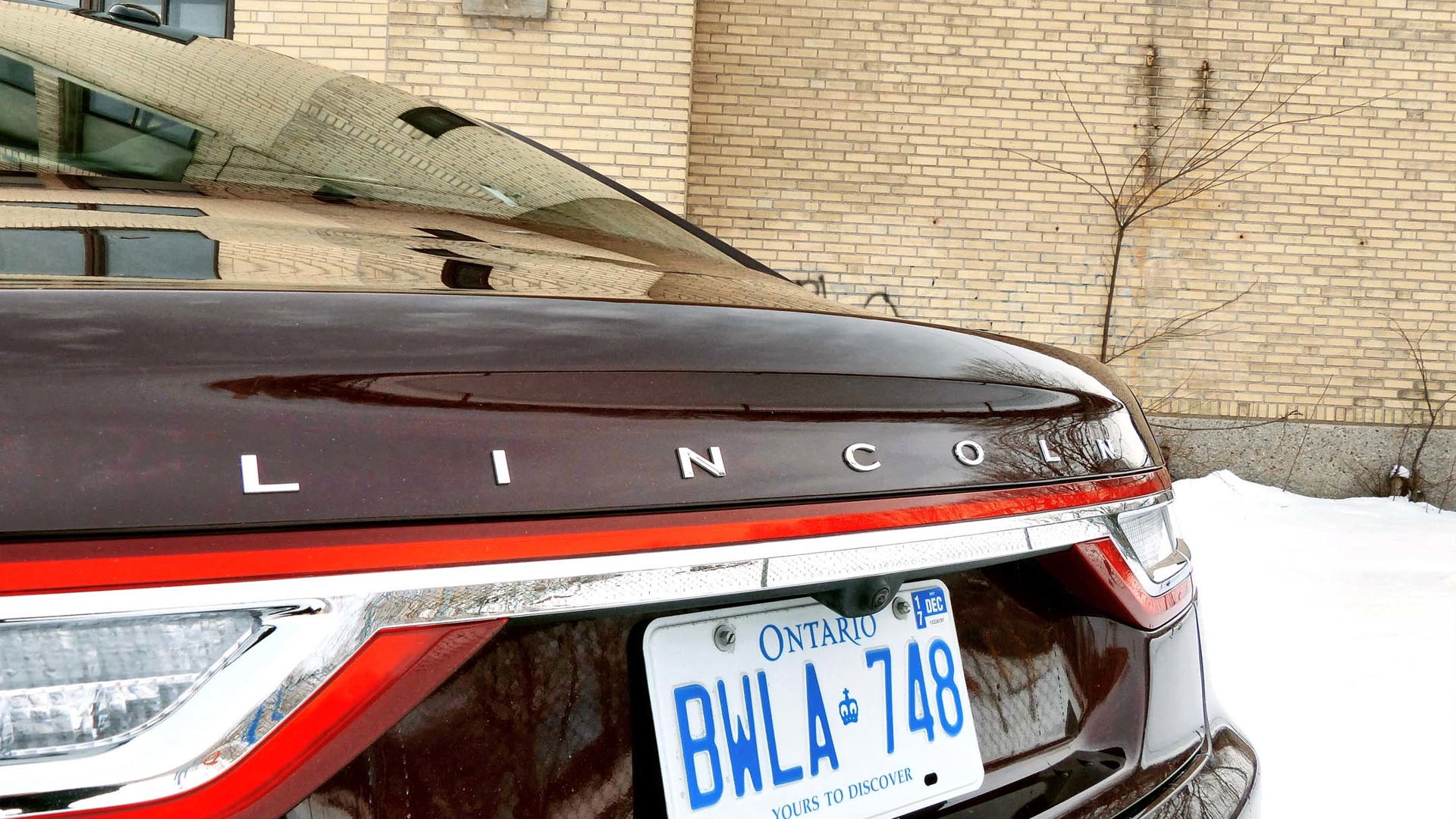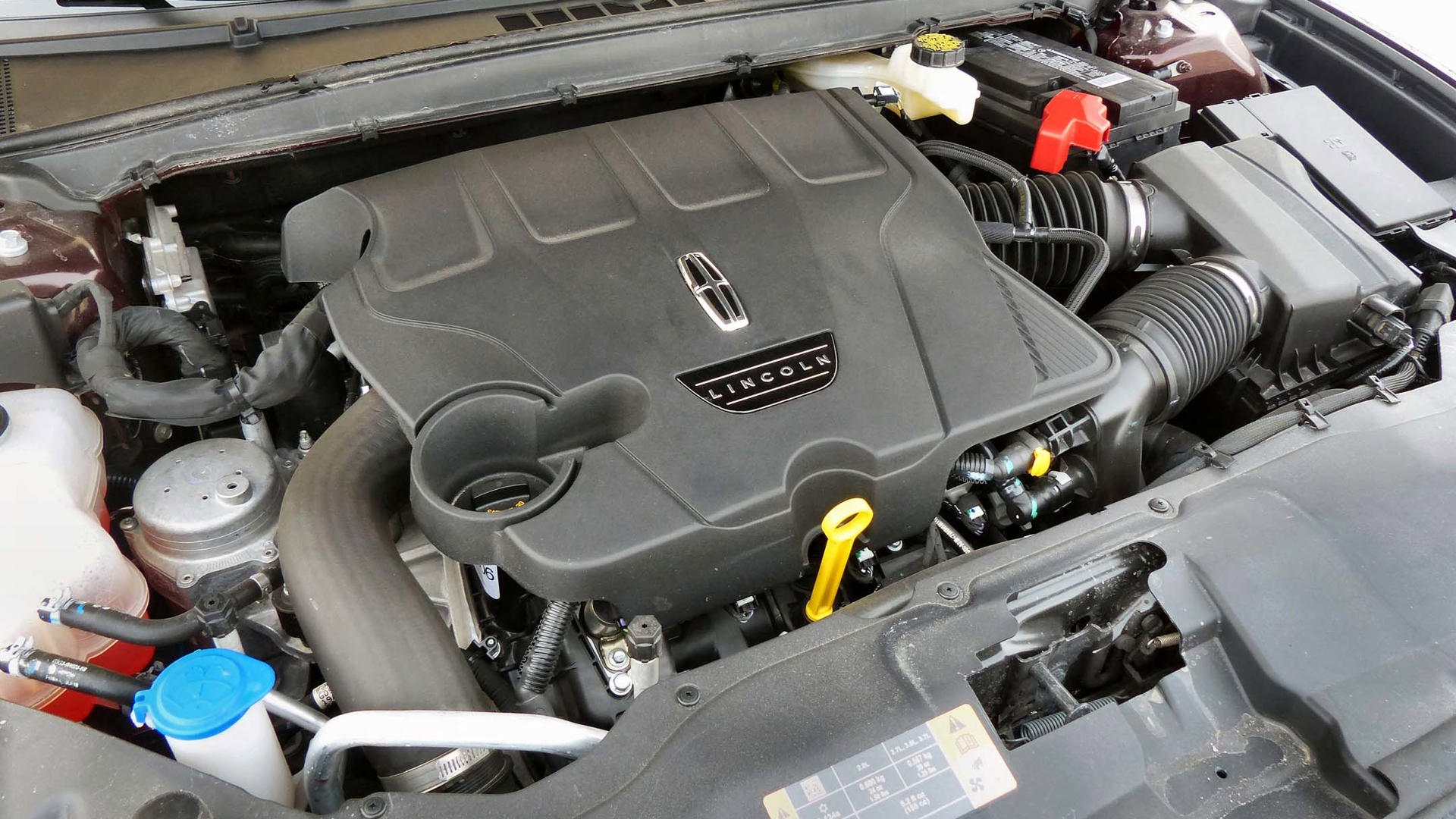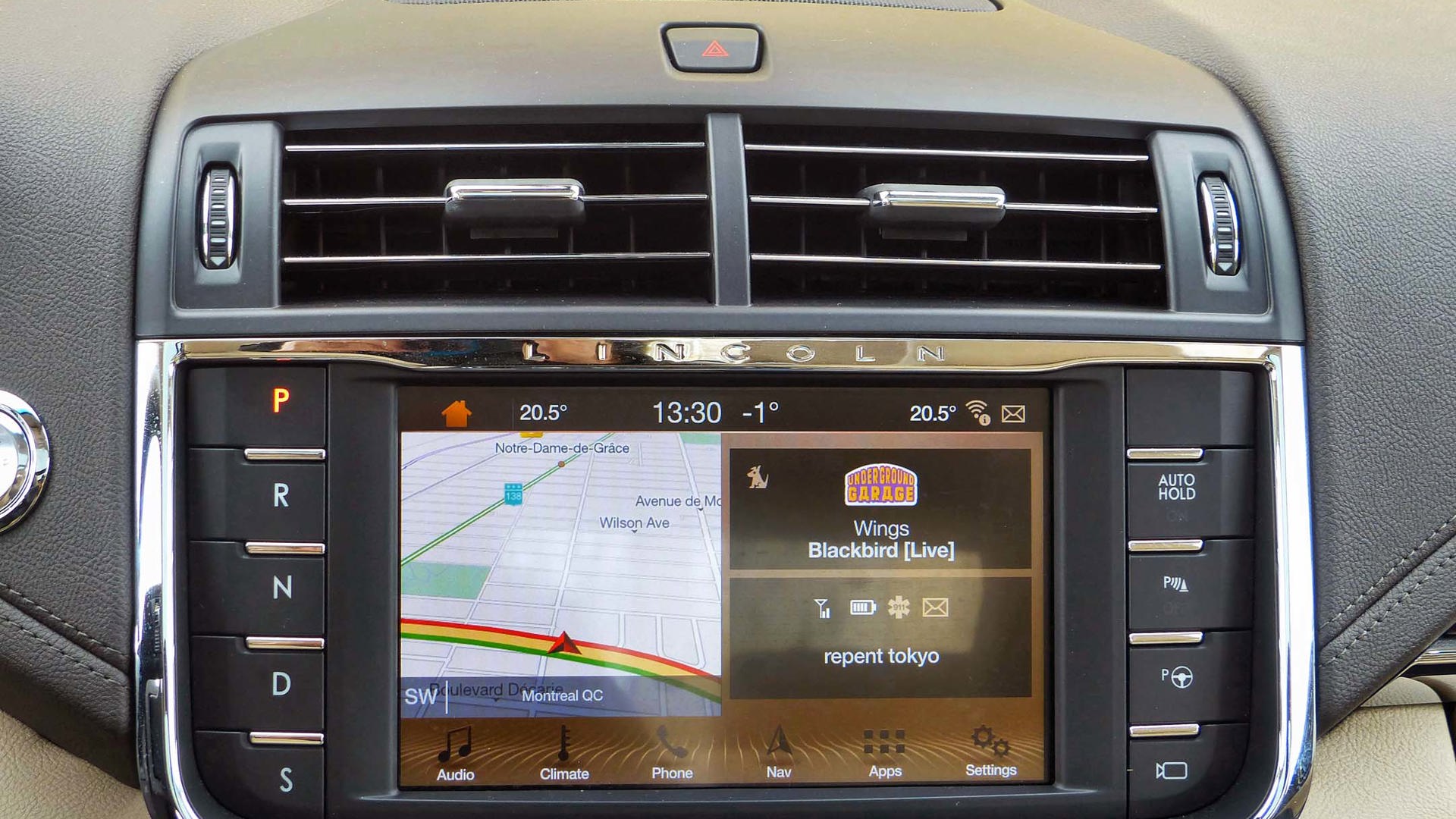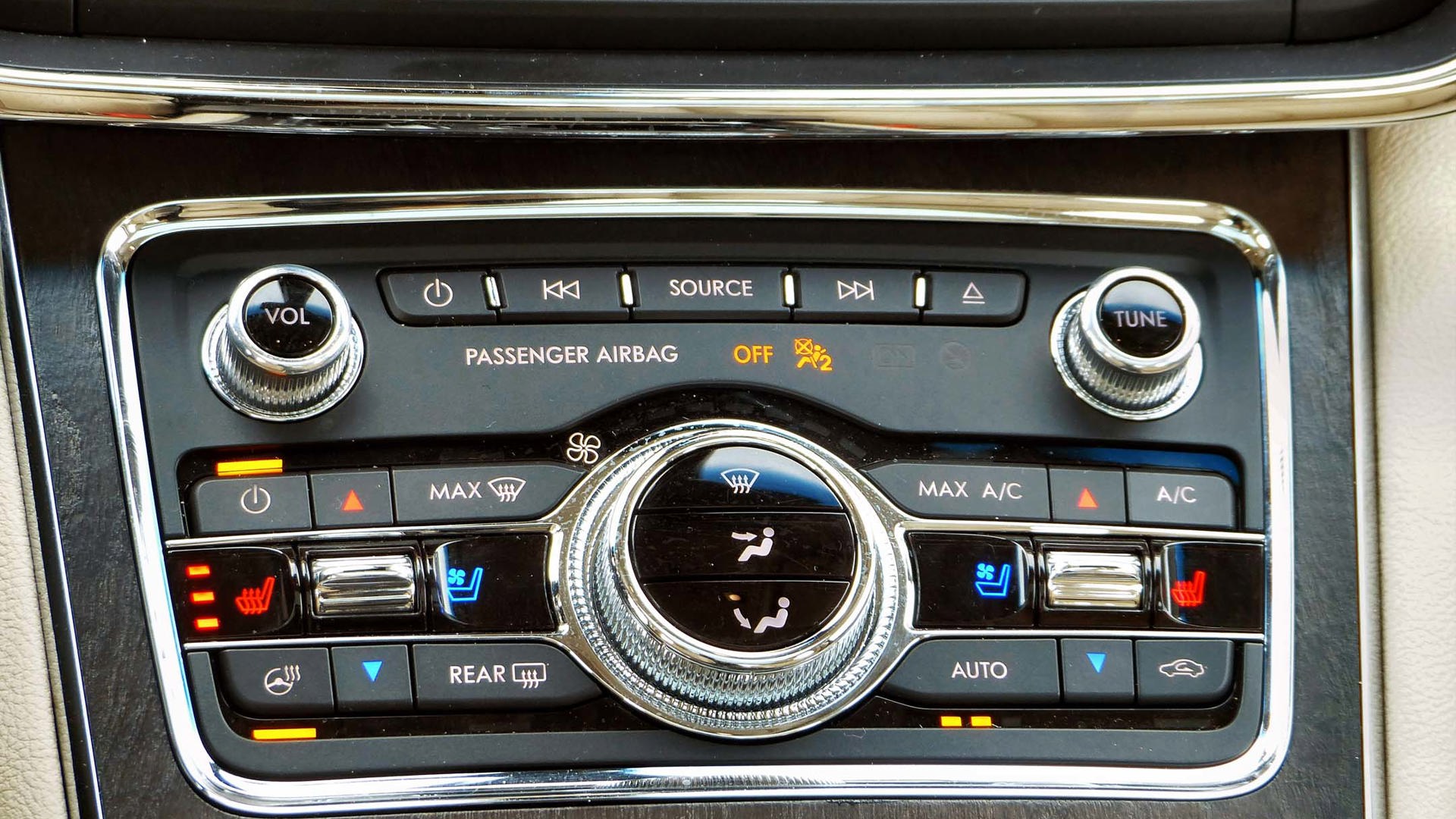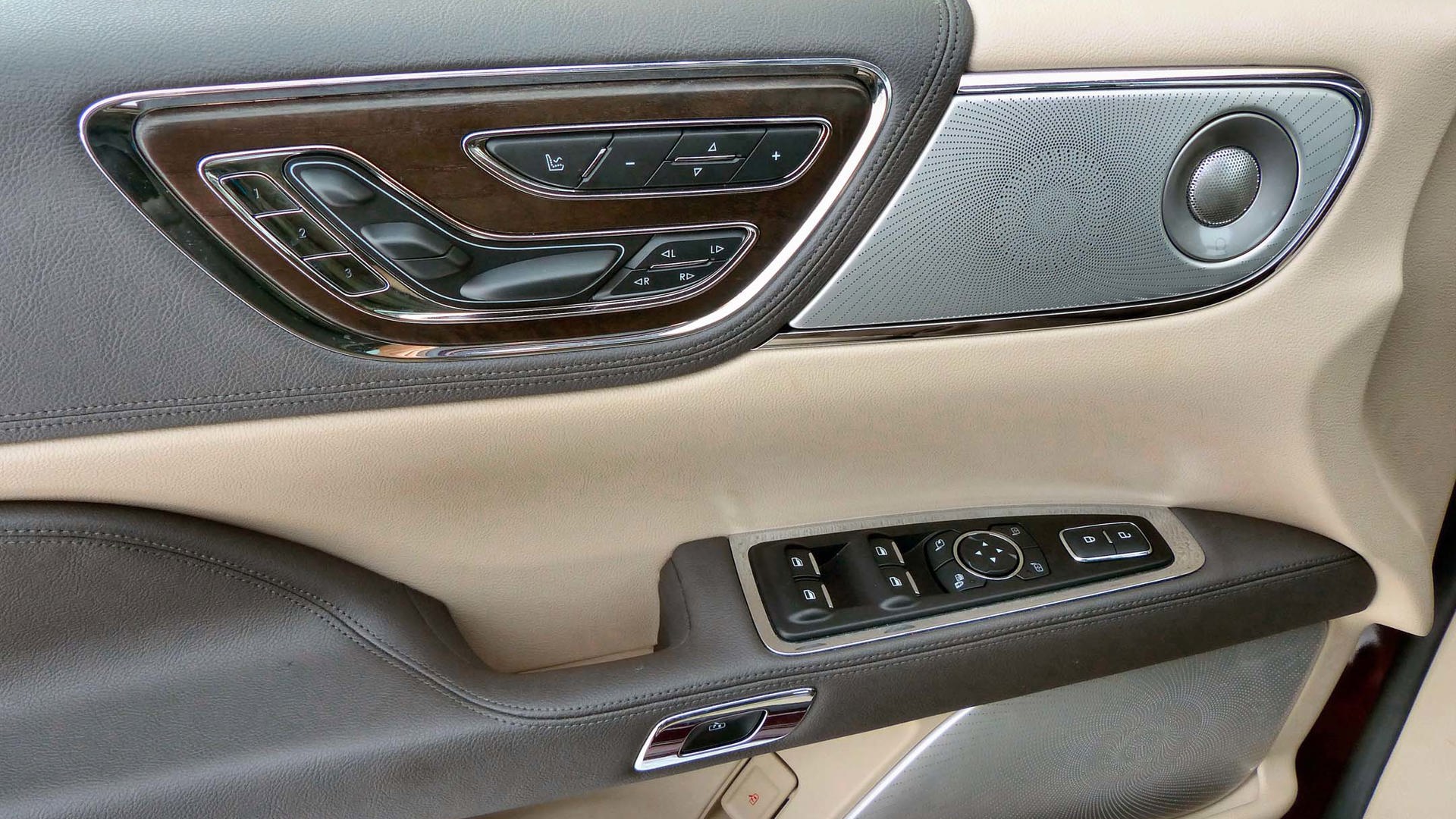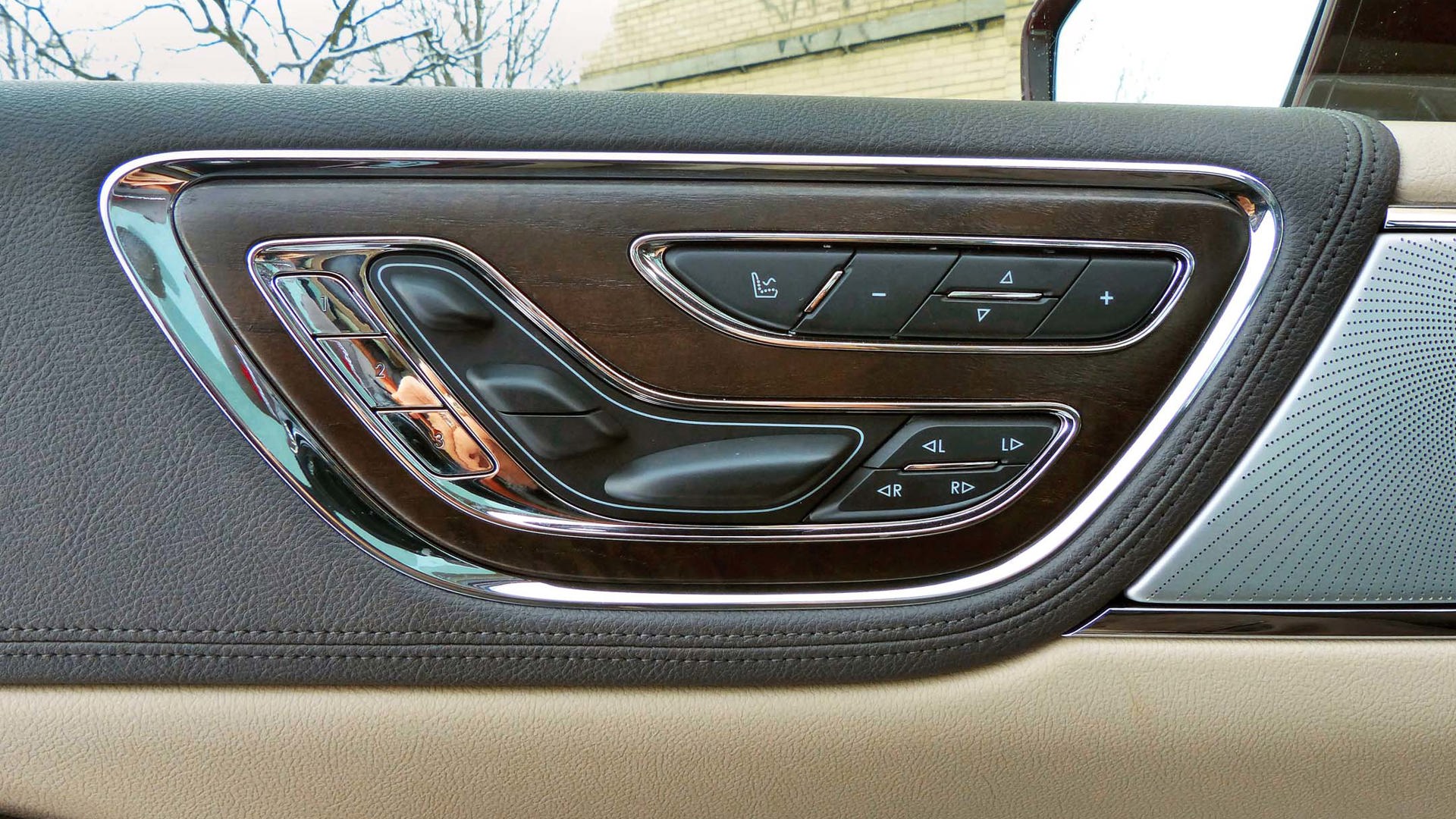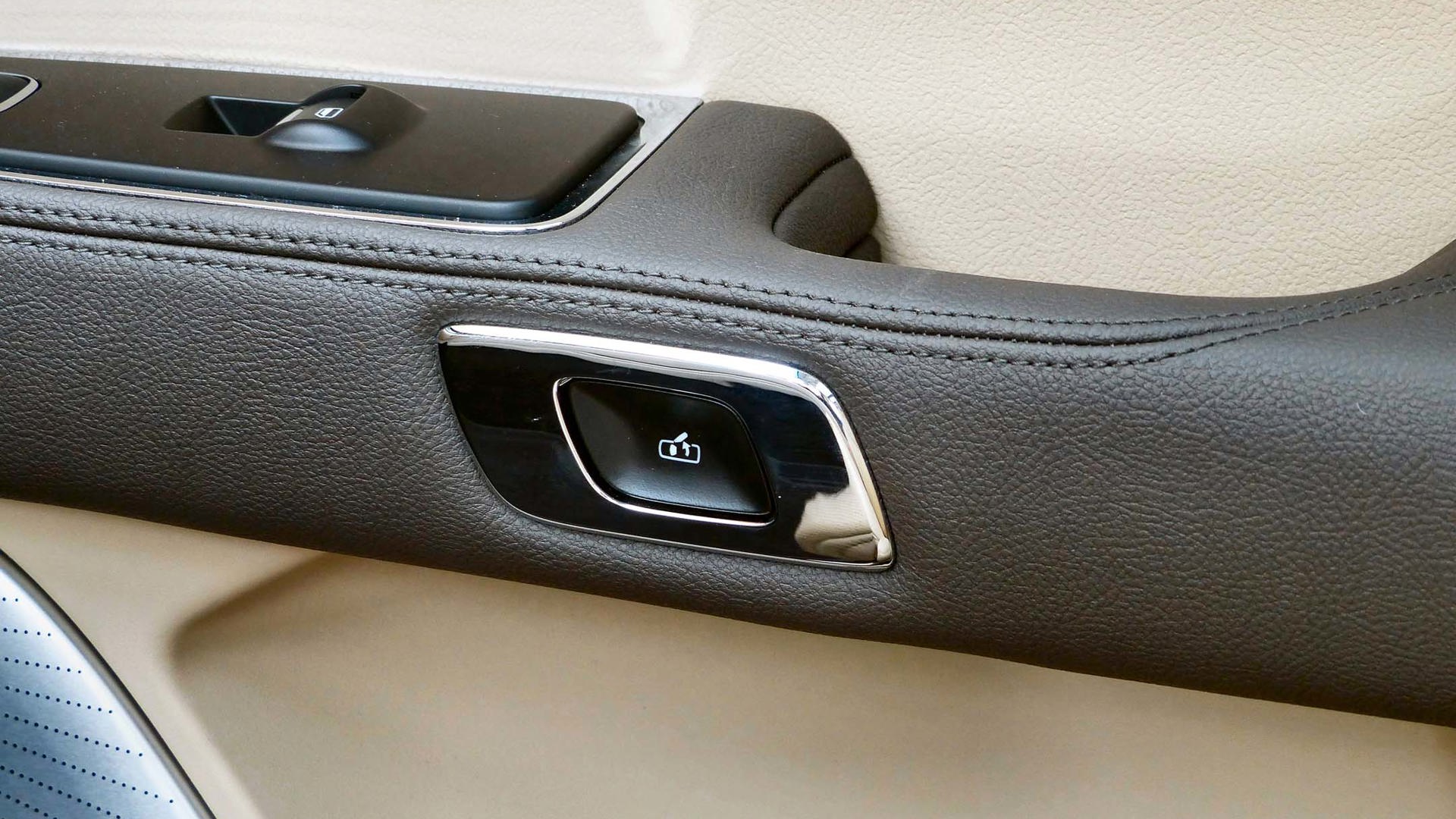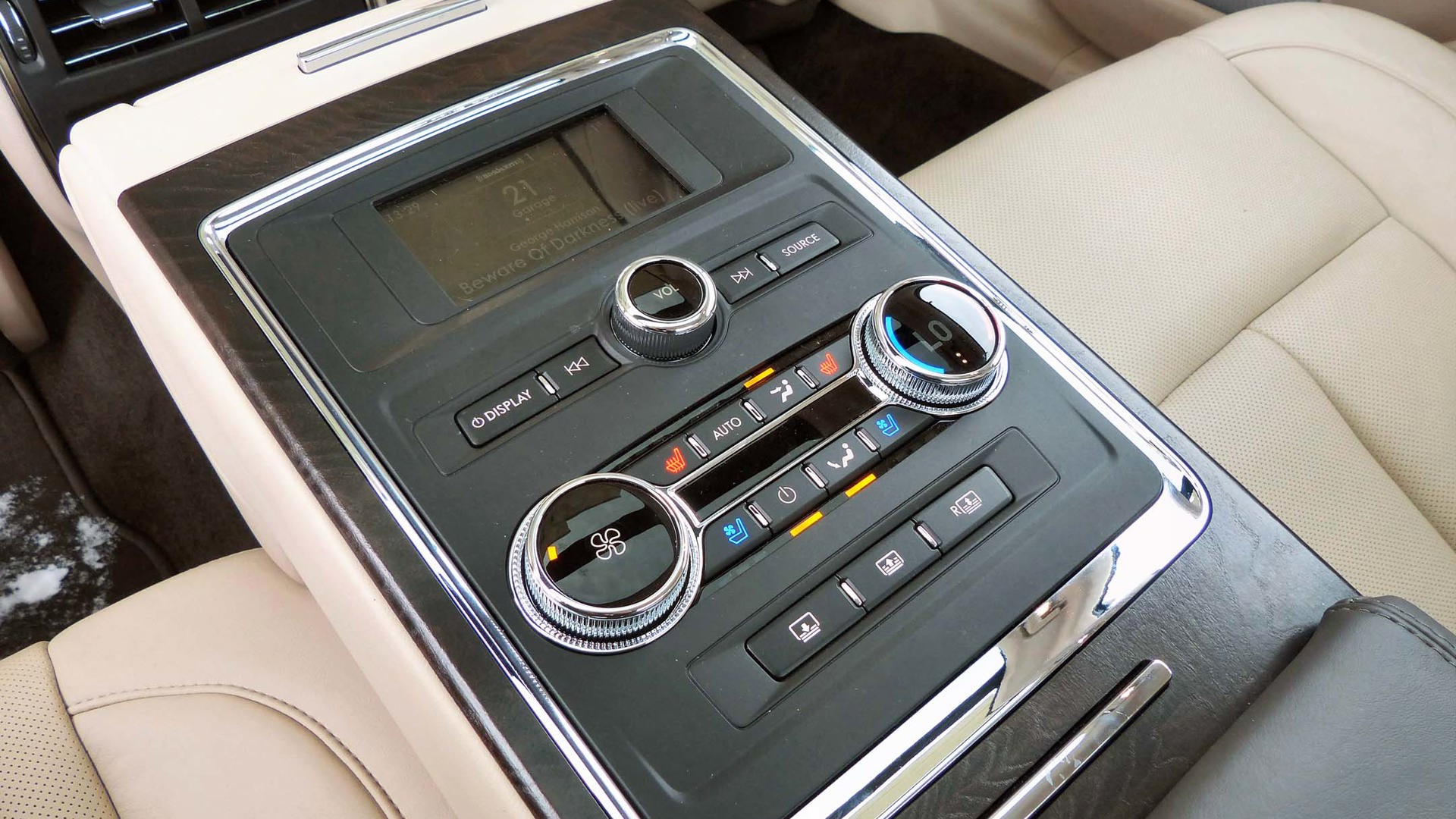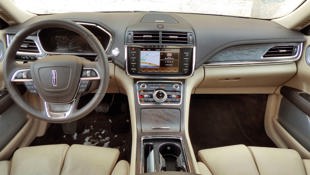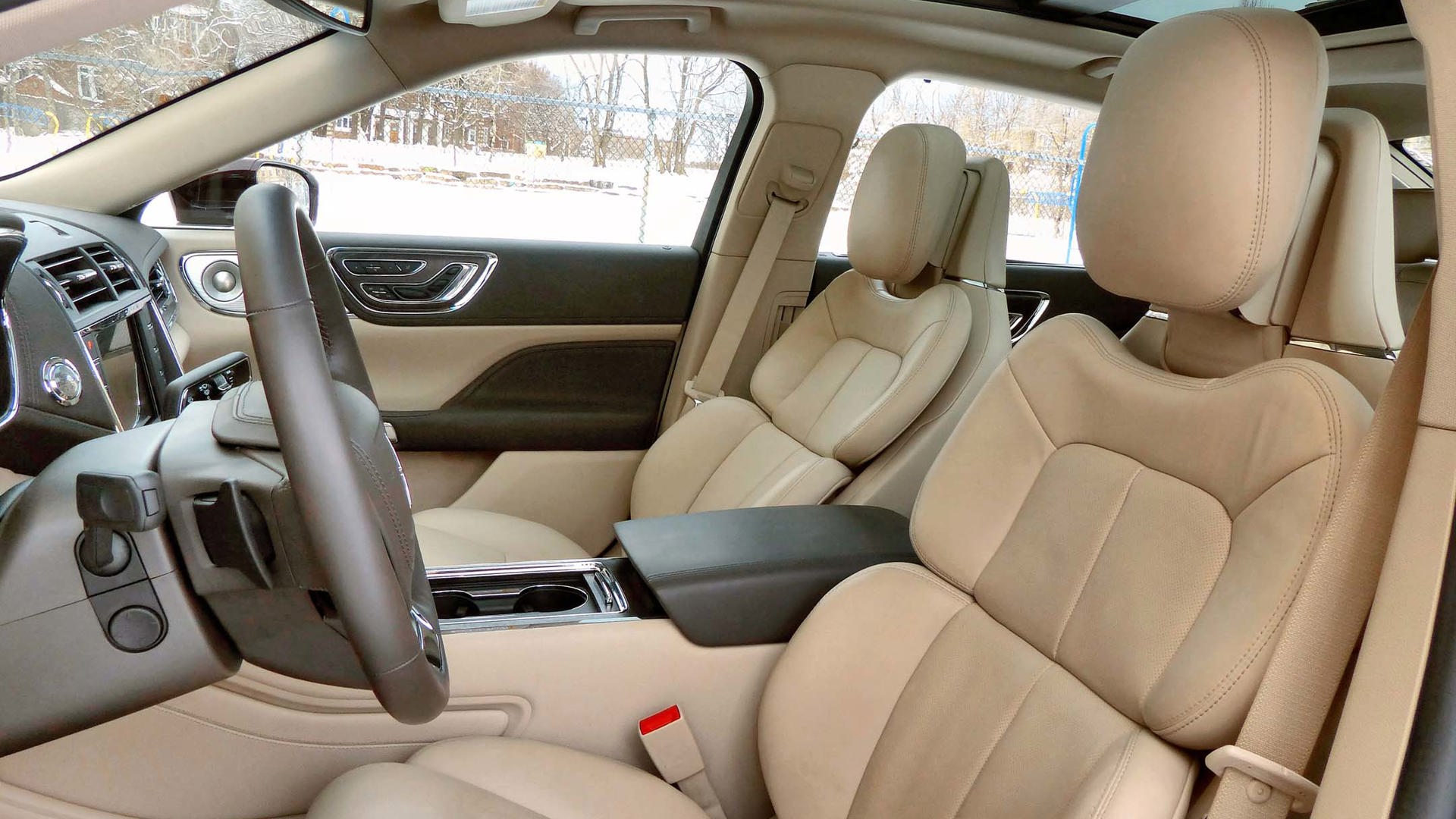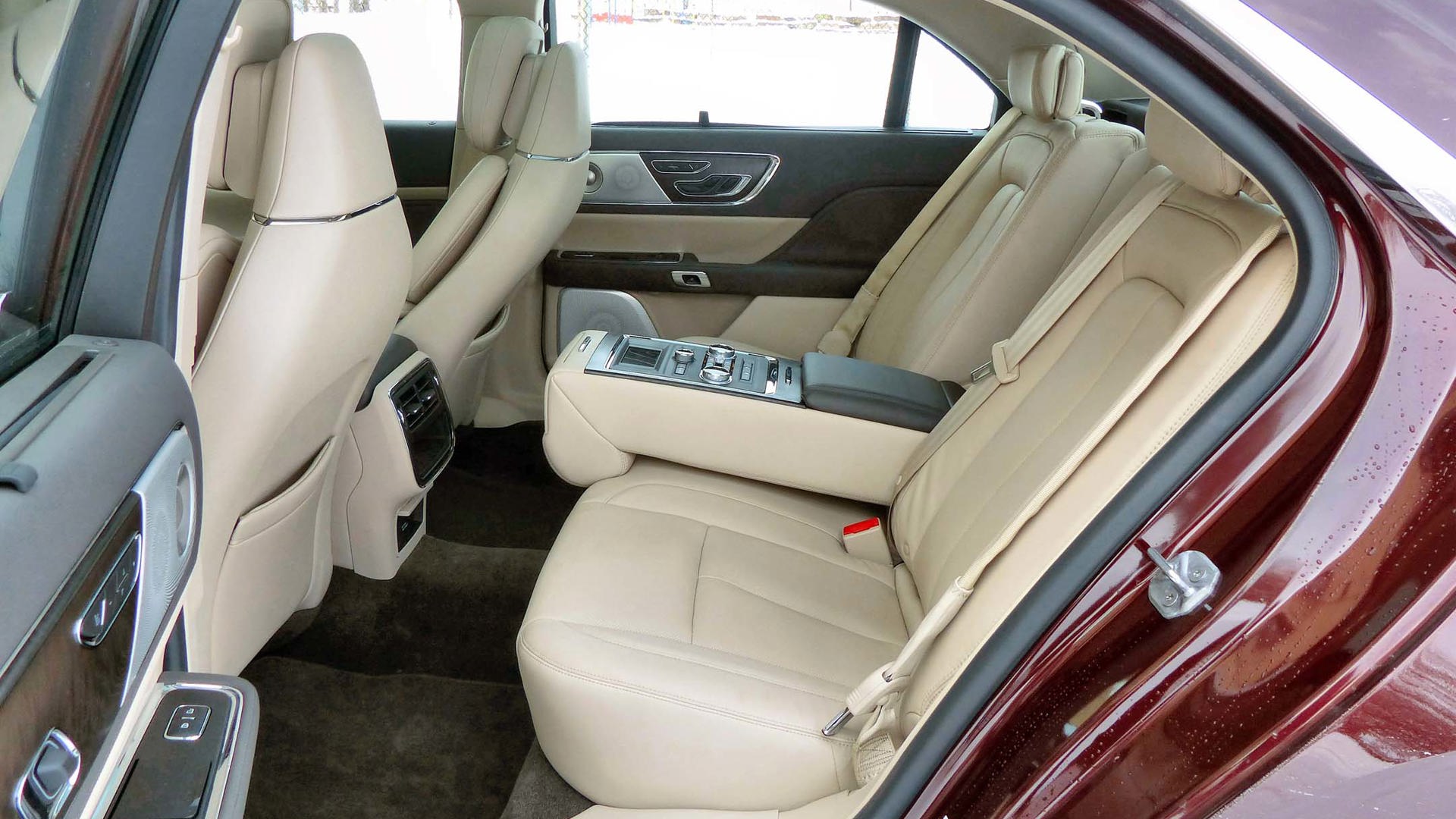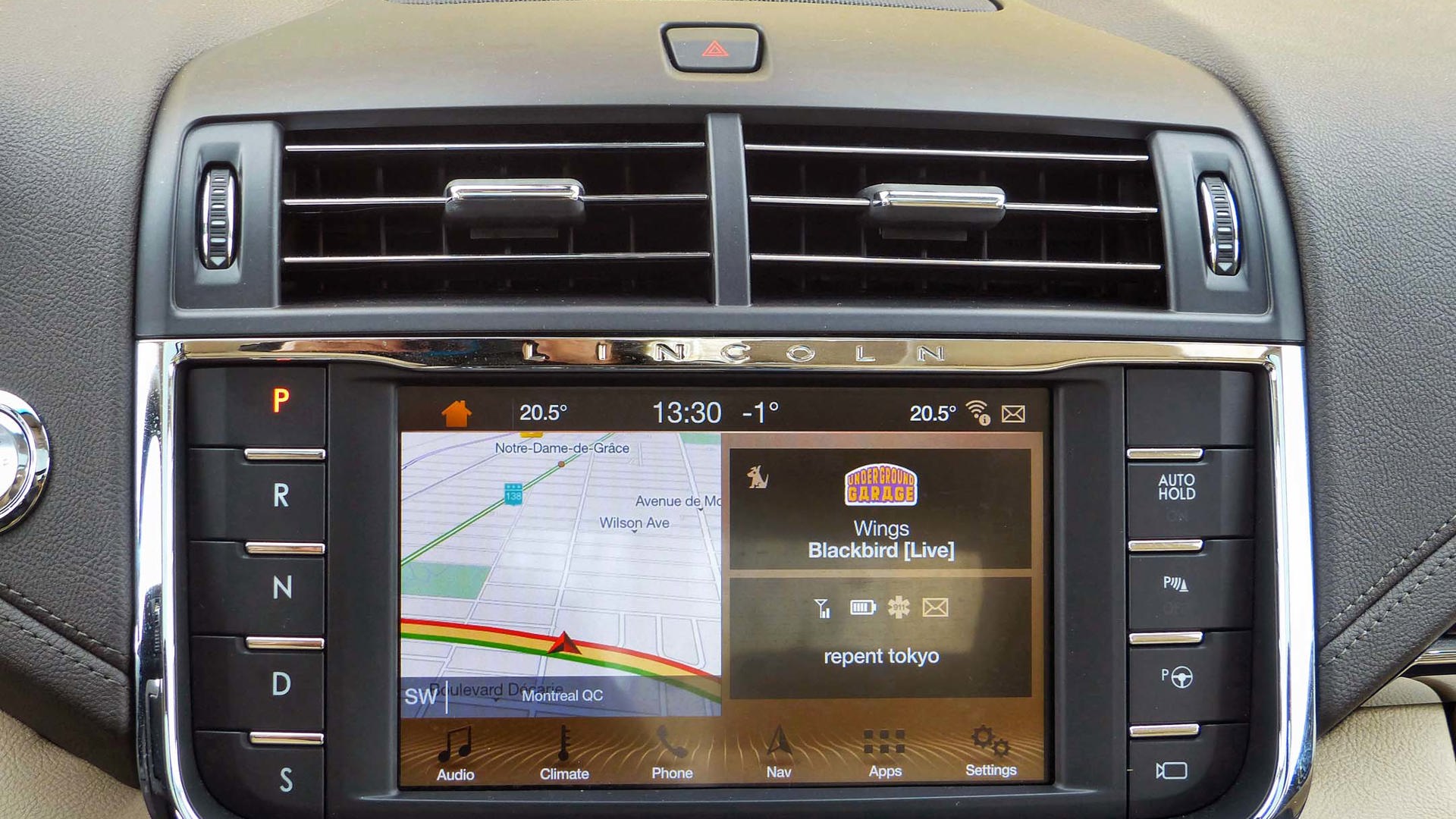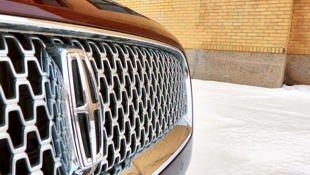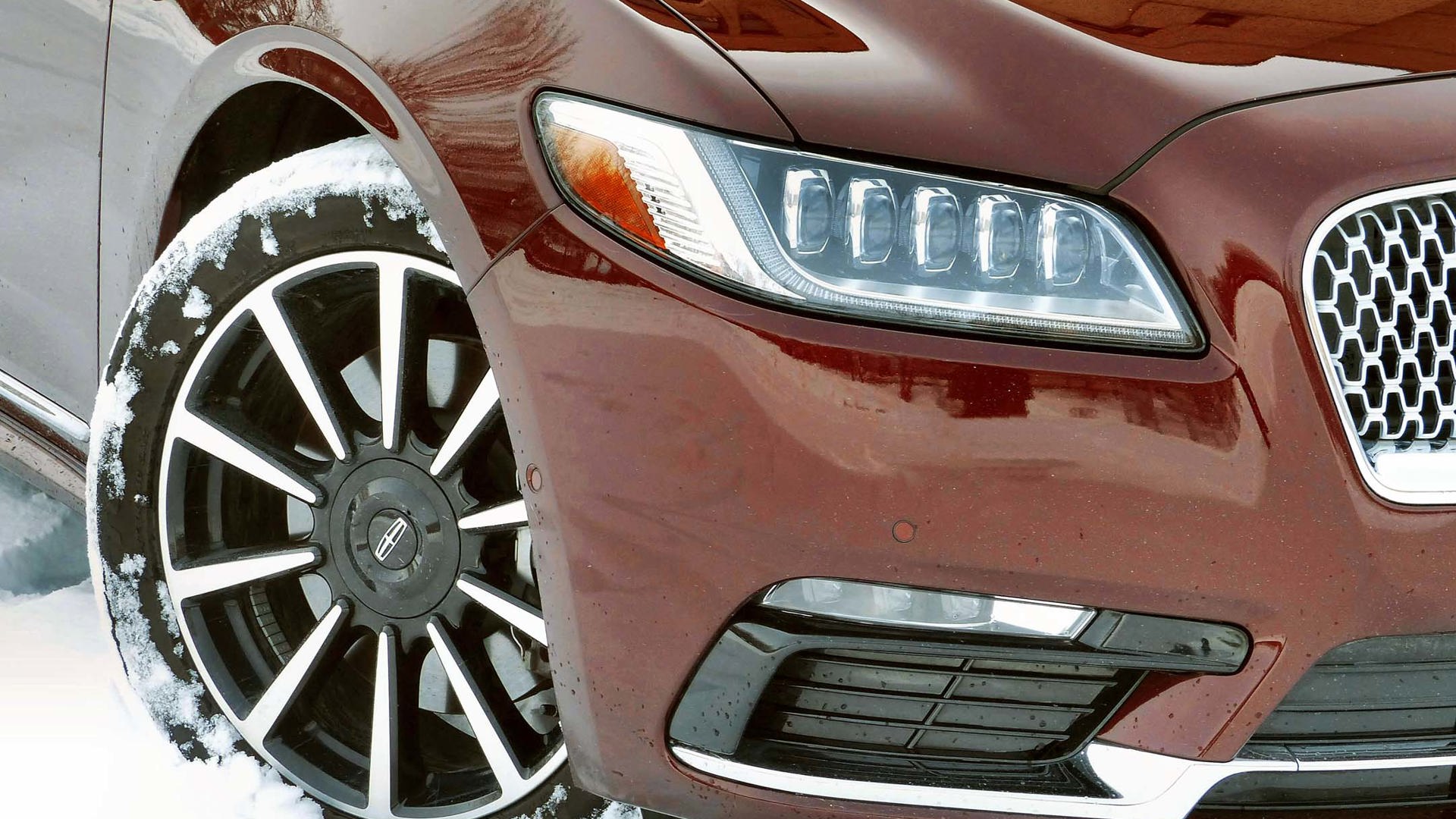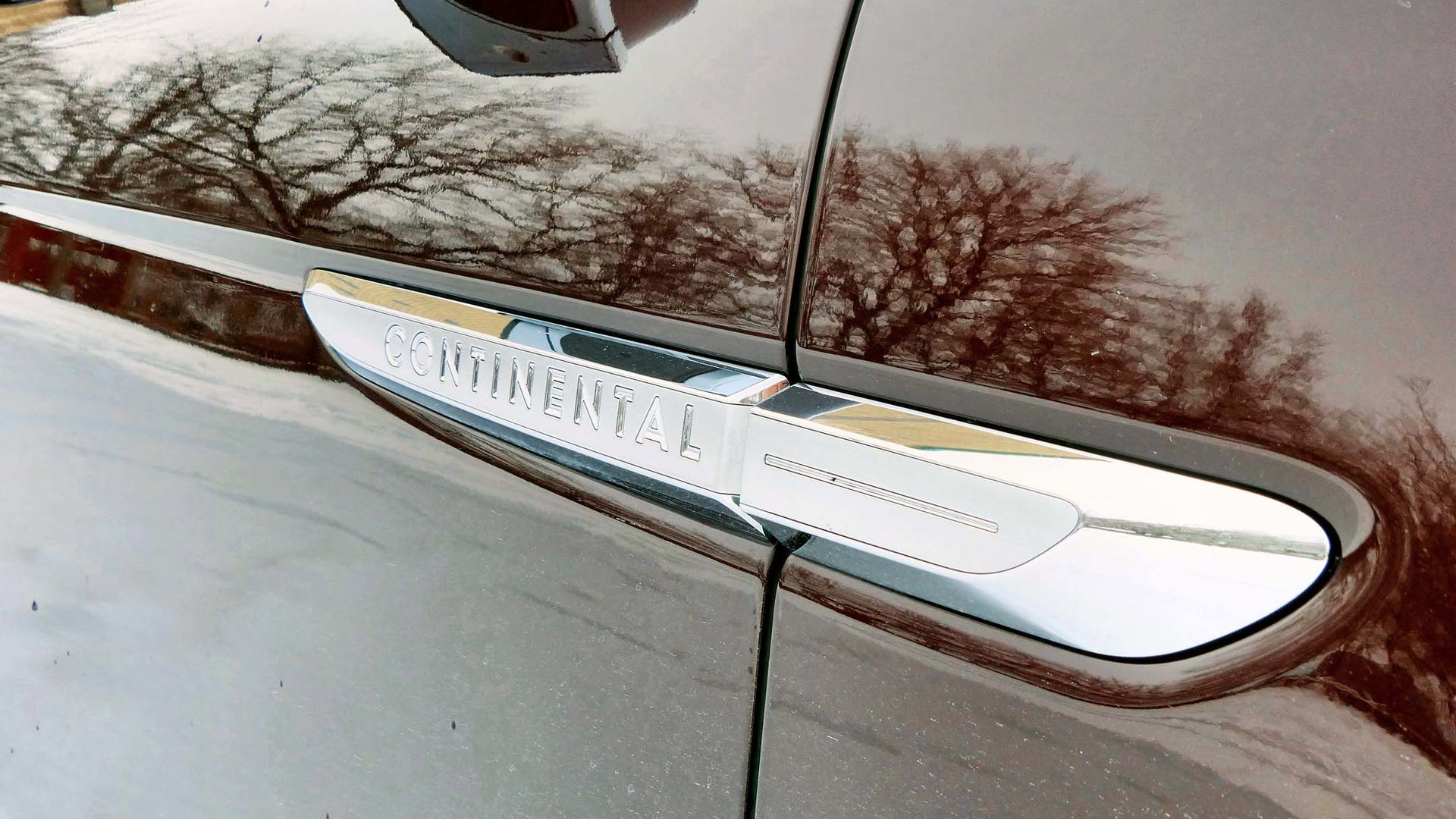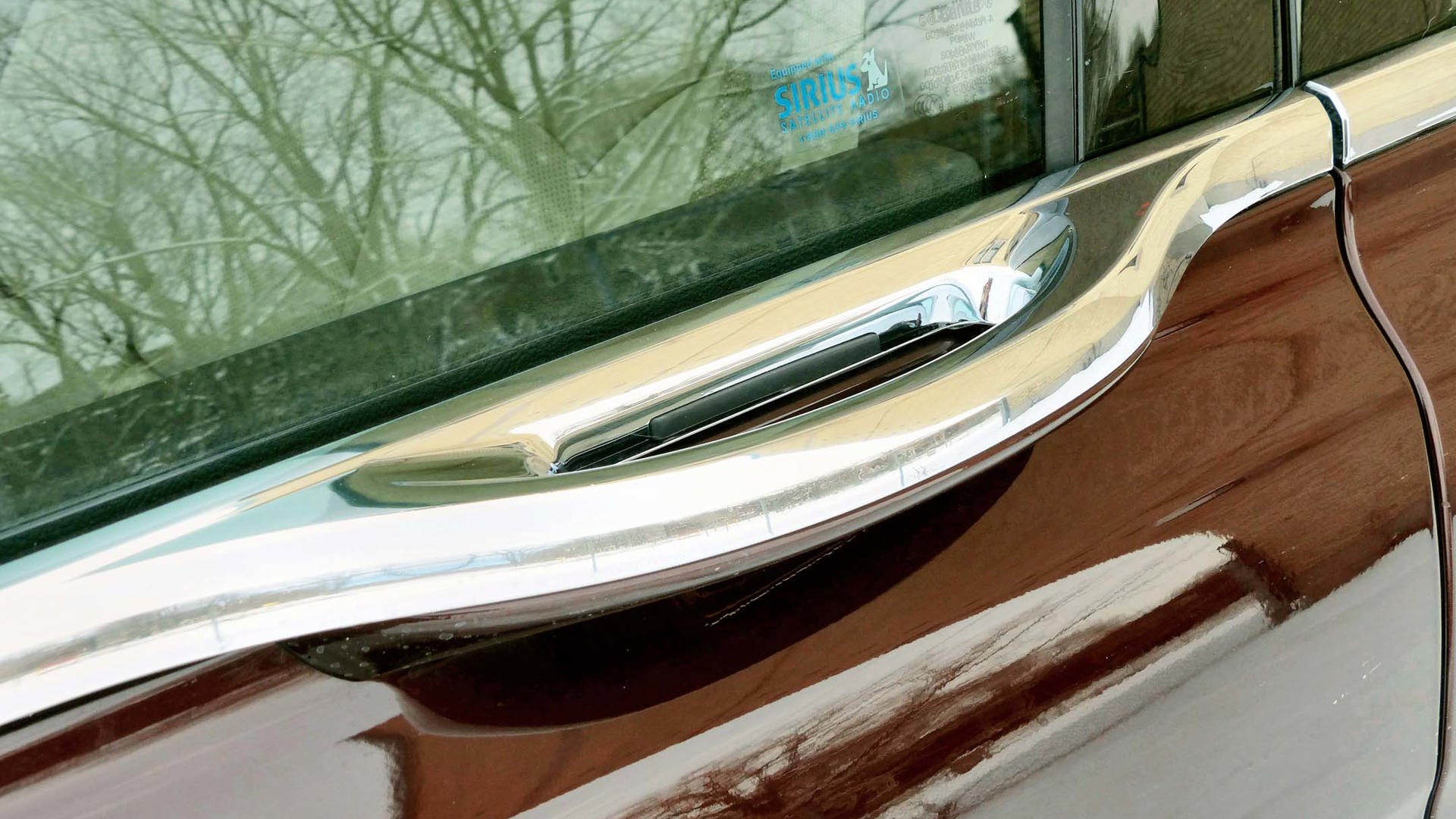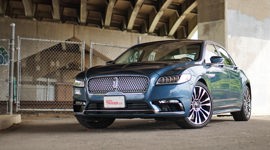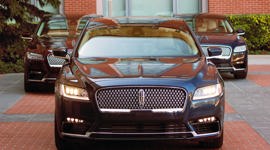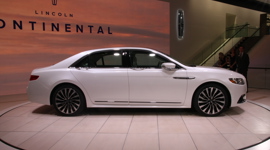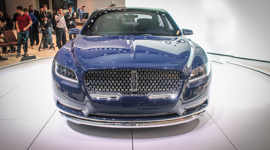 AutoTrader SCORE
AutoTrader SCORE
-
STYLING7/10
-
Safety7/10
-
PRACTICALITY7/10
-
USER-FRIENDLINESS8/10
-
FEATURES8/10
-
POWER8/10
-
COMFORT7/10
-
DRIVING FEEL6/10
-
FUEL ECONOMY8/10
-
VALUE7/10
I was a Lincoln owner when I was a younger man. I indulged my penchant for affordable used rear-wheel drive power by way of a Lincoln Mark VIII in my early 20s, perhaps the last model built by the brand that could legitimately be labelled “exciting to drive”. I also had a long-suffering late-’60s Continental restoration project roughly around the same time, a car that was doomed never to be finished and which was eventually sold – along with a parts car – to someone with the fortitude to see things through to the end.
Despite the heritage inherent in the name, the current Continental wisely avoids the slab-sided design of its iconic progenitors
Neither of those vehicles were anything like the new 2017 Lincoln Continental that just spent seven days in my care. The domestic premium brand has long turned its back on anything resembling the spirit of the Mark series coupes in favour of churning out better-selling SUVs, and despite the heritage inherent in the name, the current Continental wisely avoids the slab-sided design of its iconic progenitors and instead adopts an amalgam of modern luxury styling cues topped with a few of its own unique accents. It’s Lincoln’s version of a fresh start, after years of irrelevance in the full-size sedan segment, and it almost works.
I say almost, because this is the car that Lincoln needed in showrooms a decade ago to have any real chance of fighting off the well-entrenched Audi army and Lexus loyalists who by now have been poisoned by too many years of the “somewhat nicer, much more expensive Ford” philosophy that guided the automaker’s direction. This is no longer the case at Lincoln, but has anyone truly noticed? Likewise, the era of the flagship sedan is itself fading into the rear-view mirror while sport-utility vehicles solidify their grip on the wallets of the well-to-do, with even market leaders such as BMW and Mercedes-Benz seeing shrinkage in what was once the most prestigious segment of the industry.
Into this muddied market-in-transition rolls the 2017 Continental, a vehicle with a sub-$60k starting price that would have been a clarion call to luxury shoppers had not both Volvo and Genesis suddenly gotten the same comfort-clad religion and delivered similarly spec’d sedans a full year beforehand. In a world now flooded with unexpectedly good, and somewhat reasonably priced high-end cars from new or previously dormant brands, Lincoln is once again facing a difficult battle to convince potential customers to even visit its showrooms.
I realize I’ve painted a fairly dire picture of the Continental’s chances, which might indicate that I found fault after fault with the car itself. This could not be further from the truth. The new Lincoln features an outstanding interior, with only a few flaws (unusually small infotainment touchscreen, perhaps a shade too much brightwork), and both the front and back seats are shockingly good when compared to anything else offered by the company, especially when equipped with the rear center console upgrade package as found in my tester. It’s quiet, too, and while the stereo was better at revealing the bit-crunch of satellite radio than actually offering a pleasing listening experience, the number of heated, cooled, and otherwise upscale (read: massaging) features felt in-line with other options in its class – as long as you are willing to pay substantial dollars for Lincoln’s various options packages.
The decision to avoid retro styling was a brave one, especially given how much digital ink would have been spilled on the rhapsodization of anything resembling the Kennedy-era Continental, which once occupied an outsized spot in my own heart. Ford has been burned (Thunderbird) by drawing from its deep well of corporate nostalgia (Thunderbird) in the past (Thunderbird), however, and it’s very difficult to update a rearward-looking design once the initial novelty has worn off. So the pleasingly non-threatening grille, vaguely rounded trunk lid and hindquarters, and short deck at each end work well to attract the modern luxury faithful.
Indeed, the car attracted significant attention out on the road from both other drivers and pedestrians, and for once it wasn’t due to the in-your-face waterfall grille that has now been abandoned by Lincoln. The car’s one party trick – door handles integrated just below the window sill that make use of an electronic button (matched by an interior release) rather than a mechanical linkage – unfortunately also became the primary source of frustration during our time together, when the left rear passenger door decided it was no longer going to open after five days of trouble-free operation. I could find no emergency mechanical latch or door reset procedure that would let me into the backseat from that side of the car, and it remained sealed until I returned it.
Power-wise, Canadian buyers get the choice between two EcoBoost turbo V6s, one displacing 2.7 litres (335 horsepower, 380 lb-ft of torque), and the other 3.0 litres (400 horsepower, 400 lb-ft of torque). My well-equipped Reserve trim car (huge sunroof, 30-way adjustable seats, full spectrum of advanced safety gear) came with the latter, matched with a six-speed automatic transmission and all-wheel drive, helping to drive the as-tested price to a startling $80,450.
The Continental’s gearbox was occasionally a bit rough when choosing a ratio or when being placed into park by way of the dash-mounted shift button, but otherwise felt well-matched to the car’s turbocharged output. The all-wheel-drive system was seamless, and while on paper the sedan makes 100 km/h in a mere five seconds, out on the road it doesn’t feel nearly that quick, with acceleration attenuated by the Continental’s portentous curb weight. Adaptive shock absorbers can be called on by way of the Sport setting (which also sharpens throttle and shift response), but I rarely felt the desire to hustle the otherwise calm and composed car, which rode on 19-inch winter tires. This is in keeping with Lincoln’s brief, which is to avoid directly engaging BMW or Cadillac in anything that would resemble actual sport sedan dynamics (as evidenced by the availability of a front-wheel-drive base model in the United States).
The 2017 Lincoln Continental is therefore a curious car, one that shirks the automaker’s history of badge engineering by being significantly wider, longer, and more powerful and plush than the FoMoCo sedans that share its basic CD4 platform, yet now finds itself facing off against alarmingly competent and attractively priced competitors from companies that weren’t even a mote in Edsel Ford’s eye when the Continental nameplate first came into being. The world has changed, and as interesting as the new Continental may be (alongside the excellent MKC crossover and the newly-relevant MKZ mid-sizer), Lincoln may not be in a position to make up for so many wasted years.
| Engine Displacement | 3.0L |
|---|---|
| Engine Cylinders | V6 |
| Peak Horsepower | 400 hp |
| Peak Torque | 400 lb-ft |
| Fuel Economy | 14.3/9.7/12.2 L/100 km cty/hwy/cmb |
| Cargo Space | 473 L |
| Model Tested | 2017 Lincoln Continental |
| Base Price | $60,500 |
| A/C Tax | $100 |
| Destination Fee | $1,900 |
| Price as Tested | $80,450 |
|
Optional Equipment
$17,950 – Burgundy Velvet paint $700; 3.0-liter V6 $3,000; Luxury package (LED headlamps, CD player, 19-speaker audio) $5,500; 30-way multi-contour seats $750; Rear seat package (4-way heated/cooled seats, center armrest, twin-panel moonroof, sun shades, inflatable rear seatbelts) $5,000; Technology package (auto-dimming rearview mirror, active parking assistance, 360-degree camera, lane departure warning, automatic braking w/pedestrian warning, adaptive cruise control) $3,000
|
|
